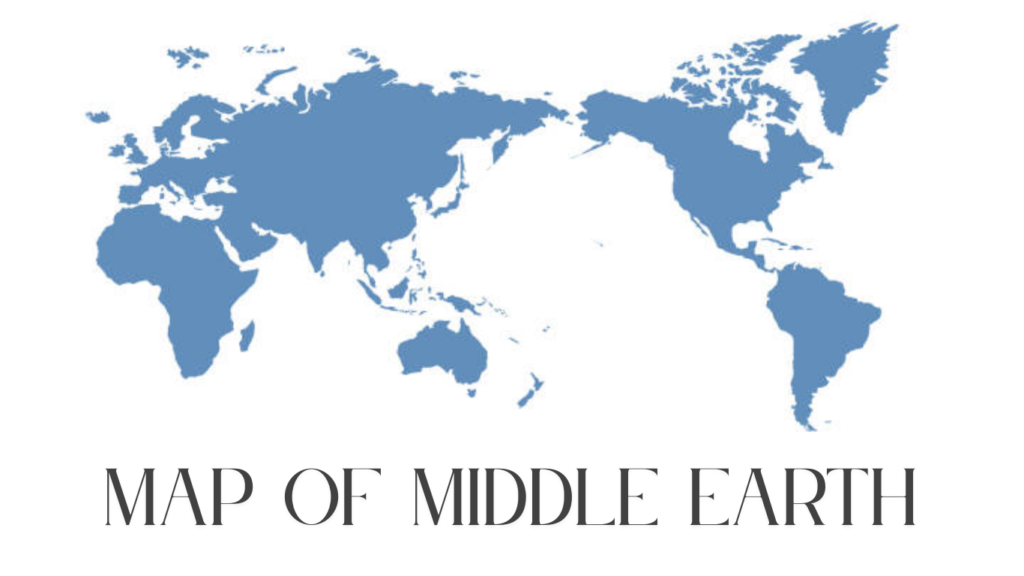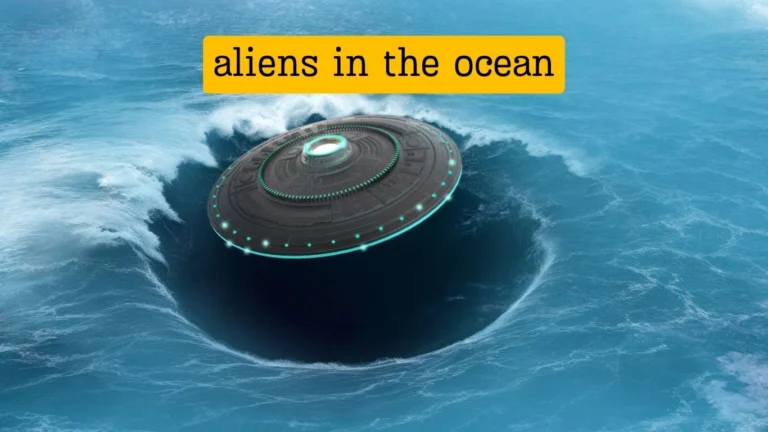Map of Middle-earth: A Journey Through Tolkien’s Legendary Lands
The map of Middle earth opens a magical doorway into the world of J.R.R. Tolkien’s imagination. It isn’t just a drawing on paper — it’s a window into a legendary land filled with elves, dwarves, dragons, and brave hobbits. If you’ve ever read The Lord of the Rings or The Hobbit, you’ve likely flipped to the front of the book to trace the paths of Frodo, Aragorn, and Gandalf. That map made their journeys real.
In this blog, we’ll explore how the map of Middle earth was created, what lands it covers, and why it remains such an important piece of literary history. This guide uses simple language and presents rich, well-structured information to help you understand Tolkien’s world like never before.

The Birth of the Map: Tolkien’s Vision Brought to Life
J.R.R. Tolkien was more than a storyteller — he was a world-builder. Before writing his famous books, he drew maps of the world he imagined. He wanted every hill, river, and mountain to have purpose. The map didn’t come after the story — it came with the story. It helped him keep track of where his characters went and what they would see.
Tolkien worked with his son, Christopher Tolkien, to bring the map of Middle-earth to life. Christopher carefully redrew his father’s sketches, cleaned up the lines, and added names in Elvish, Dwarvish, and the Common Tongue. This helped readers follow the long journeys across the land — from the Shire to Mordor and beyond.
Key Regions on the Map of Middle earth
The map includes various regions, each with unique geography, cultures, and significance in the story. Let’s walk through them in a simple way.
1. The Shire
The Shire is where the story begins. It’s home to the Hobbits — small, peaceful folk who enjoy farming, food, and quiet lives. The land is filled with green hills, rivers, and friendly villages like Hobbiton and Bywater. It represents safety and simplicity.
2. Eriador
Eriador is the large region east of the Shire. It was once the center of the kingdom of Arnor. Though now quiet and broken, it holds ancient ruins, hidden power, and places like Bree and Rivendell — the latter being the peaceful Elven refuge led by Elrond.
3. The Misty Mountains
A long chain of towering peaks runs down the map. The Misty Mountains are dangerous and cold. They are home to trolls, goblins, and ancient secrets. The Fellowship had to cross these mountains in The Fellowship of the Ring.
4. Rhovanion
This land lies on the other side of the Misty Mountains. It includes Mirkwood — a dark, spider-filled forest — and the Lonely Mountain, home to the dragon Smaug. Rhovanion is also where you’ll find Lake-town and the kingdom of Dale.
5. Rohan and Gondor
South of the Misty Mountains lies Rohan — a land of open plains and proud horse-riders known as the Rohirrim. East of Rohan is Gondor, the last great kingdom of Men. Gondor’s capital, Minas Tirith, stands tall with seven levels of white stone.
6. Mordor
In the southeast corner lies Mordor. It is the darkest and most dangerous land on the map. Surrounded by mountains and ruled by Sauron, it holds Mount Doom — the only place where the One Ring can be destroyed.
Table: Major Locations and Their Importance
| Region | Key Places | Description |
|---|---|---|
| The Shire | Hobbiton, Bywater | Peaceful homeland of Hobbits |
| Eriador | Bree, Rivendell | Ancient lands with Elven and human settlements |
| Misty Mountains | Moria, Goblin-town | Dangerous peaks with dark secrets |
| Rhovanion | Mirkwood, Erebor | Home to Elves, Dwarves, and the dragon Smaug |
| Rohan | Edoras | Kingdom of horse-lords on grassy plains |
| Gondor | Minas Tirith | Last stronghold of Men, central to the final battle |
| Mordor | Mount Doom, Barad-dûr | Dark land of Sauron, location of the One Ring’s destruction |
Why the Map of Middle earth Matters
The map of Middle-earth is not just a background image. It’s a tool that lets us see and feel the world Tolkien created. Readers can follow the exact paths taken by Frodo and Sam as they walk into danger. They can understand how far away Gondor is from the Shire or why Rohan must defend the Gap of Rohan.
Tolkien didn’t use the map just for looks — he used it to keep track of distances, climates, and cultures. For example, the journey from the Shire to Mordor wasn’t just long — it crossed several types of lands: peaceful farms, dark forests, icy mountains, and burning deserts.
A World Built on Language
One unique part of Tolkien’s world is that everything was connected to language. Tolkien created many languages — like Elvish (Quenya and Sindarin) and Dwarvish (Khuzdul). He gave each land a name that matched its people and culture.
You’ll see this in the names on the map. For example:
- “Minas Tirith” means “Tower of Guard” in Elvish.
- “Mordor” means “Black Land.”
- “Rohan” means “Land of the Horse-lords.”
These names weren’t random. They told stories about the land and its history. That’s why the map feels so real — every detail has meaning.
Artistic Influence and Film Adaptations
The map of Middle-earth became more than a book feature. Artists like Pauline Baynes created beautiful color versions of the map, working directly with Tolkien. These versions showed forests, rivers, and mountains in stunning detail.
When Peter Jackson made the Lord of the Rings movies, the maps helped shape the landscapes of the films. Locations were built using real-world geography, often inspired by Tolkien’s descriptions and sketches. The map was also shown onscreen to help viewers understand the characters’ journeys.
How the Map Helps Readers
For readers of all ages, the map offers:
- Clarity – You can see where events happen and why the characters go certain ways.
- Continuity – The story becomes smoother when you can visualize the setting.
- Immersion – You feel like you’re walking alongside the Fellowship.
- Curiosity – It sparks questions about unexplored places and hidden stories.
Even readers new to fantasy stories find it easier to follow the plot when they use the map.
Hidden Lands and Unused Regions
Interestingly, not all places on the map are explored in the books. Areas like Harad, Rhûn, and the lands far to the East are mostly mysterious. They are shown on the edge of the map, hinting at bigger stories yet to be told.
Tolkien left these areas vague on purpose. He wanted the world to feel vast, with parts unknown to even the wisest Elves. This made Middle-earth feel alive, as if history kept going beyond the story.
Conclusion: A Living World on Paper
The map of Middle-earth is not just a drawing — it’s a living, breathing landscape. Every curve of a mountain, every twist of a river, and every mark on the paper tells a story. From the peaceful hills of the Shire to the dark fires of Mordor, the map invites you to explore.
Tolkien built more than a story. He built a world. And that world lives on — not just in pages or movies, but in the hearts and minds of those who’ve traced the paths across Middle-earth with their fingers. Whether you’re a casual reader or a devoted fan, the map is your guide, your compass, and your gateway into an unforgettable adventure.
Other Articles







